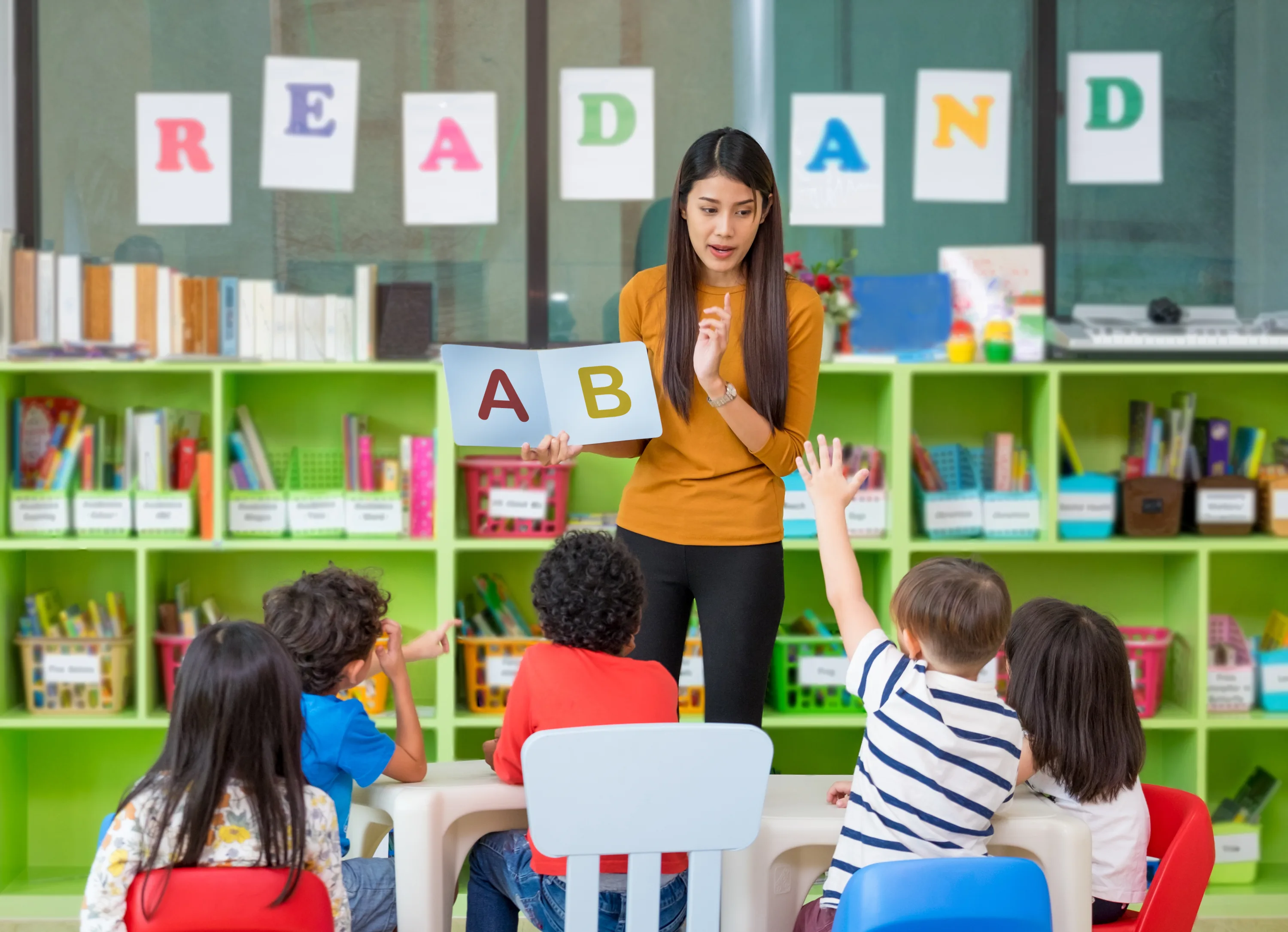
Ensuring that children receive proper nutrition is essential for their overall health and success in school. Research shows that children who eat well are more likely to concentrate in class, stay active, and perform better academically. But for many families, the cost of providing nutritious meals every day can be a challenge.
That’s where the National School Lunch Program (NSLP) and School Breakfast Program (SBP) come in. These programs provide free or reduced-cost meals to children in need, helping to ensure that no child goes hungry while at school.
Keep reading to see how these programs work, how to apply for them, and the benefits they offer for children’s health and education. If you’re a parent looking for ways to support your child’s well-being while easing the financial burden of school meals, these programs can make a real difference.
What Are the NSLP and SBP?
The National School Lunch Program (NSLP) and the School Breakfast Program (SBP) are federally-assisted meal programs designed to provide nutritious, low-cost, or free meals to children during the school day.
These programs are crucial for families who may struggle to afford healthy meals on a daily basis, ensuring that all children have access to the nutrition they need to thrive, regardless of their household income.
The NSLP has been around since 1946 and is one of the longest-running food assistance programs in the country. It serves millions of children each day, offering balanced lunches that meet specific nutritional guidelines set by the U.S. Department of Agriculture (USDA).
Similarly, the SBP was established in 1966 and provides healthy breakfasts, which are especially important for starting the school day with energy and focus.
Both programs are available in public and nonprofit private schools, as well as residential childcare institutions. The meals served under these programs are designed to meet specific nutritional standards, including appropriate portions of fruits, vegetables, whole grains, protein, and dairy, to support the healthy growth and development of children.
Who Can Qualify?
Eligibility for free or reduced-price meals through these programs depends on family income and household size. Generally, families with lower incomes are more likely to qualify for free or reduced meals. Additionally, some schools may offer free meals to all students through special provisions, regardless of income.
These programs not only reduce the financial burden on families but also ensure that children receive nutritious meals, helping them stay focused and energized throughout the school day.
How to Apply for Free and Reduced Lunch and Breakfast
Applying for free and reduced lunch through the National School Lunch Program (NSLP) and School Breakfast Program (SBP) is a relatively simple process, but it’s important to make sure everything is filled out correctly to avoid delays.
Most schools send home information at the beginning of the school year, including applications for the program, but parents can also request forms from the school office at any time. Here’s a quick guide to applying:
- Obtain the application: The application for free or reduced lunches and breakfasts can usually be found online through your school district’s website or provided directly by the school. You can also request a paper form from your child’s school office if needed.
- Fill in household information: The application will ask for basic details about your household, such as the number of people living in your home and the income of each household member. It’s essential to provide accurate information, as this will determine whether your child qualifies for free or reduced-price meals.
- Include all required income details: Be sure to report all sources of income in the application. This can include wages, child support, unemployment benefits, or any other income. Many applications will ask for gross income (before taxes and deductions), so double-check the form to be sure you’re reporting it correctly.
- Submit the application: Once your application is complete, submit it to your child’s school. Some districts may allow you to submit the form online, while others might require a paper submission. Be sure to meet any application deadlines set by the school district.
- Wait for approval: After submitting your application, the school or district will review it and notify you of your child’s eligibility. If approved, your child will either receive free meals or reduced-price meals, depending on your household income.
Tips for Applying
- If you experience changes in your household income during the school year (such as job loss or an increase in household size), you can submit an updated application to reflect those changes.
- Many schools allow applications at any point in the school year, so even if you don’t apply at the start, it’s never too late.
Maximizing the Benefits: Tips for Parents
Once your child is enrolled in the National School Lunch Program (NSLP) or School Breakfast Program (SBP), it’s important to make sure they take full advantage of the meals provided. These programs are designed to ensure your child receives nutritious food that helps them stay focused and energized throughout the school day.
Here are some practical tips to help you maximize these benefits:
- Encourage participation: Talk to your child about the meals offered at school and encourage them to participate in both breakfast and lunch. Some children may feel hesitant about eating school meals, but reinforcing the importance of nutrition can help them see the value.
- Review the school menu: Many schools provide menus in advance, either online or through printed copies sent home. Reviewing the menu with your child can help them plan what they want to eat, making sure they’re excited about healthy options while avoiding any foods they may not like.
- Utilize both programs: If your child is eligible, take advantage of both the NSLP and SBP. Eating a nutritious breakfast is just as important as lunch, especially when it comes to helping children stay focused and engaged in morning classes.
By actively engaging with these programs, you can help your child develop healthy eating habits while ensuring they have access to the nutrition they need to succeed in school.
Impact on Children’s Health and Learning
The National School Lunch Program (NSLP) and School Breakfast Program (SBP) provide essential nutrition that supports health and learning. Here’s how these programs make a difference:
- Improved nutrition: Balanced meals help children meet their daily nutritional needs, reducing the risks of malnutrition and obesity.
- Better learning outcomes: Students who eat healthy meals have better concentration, perform well academically, and stay focused throughout the day.
- Support for food-insecure families: For many children, these meals are a reliable source of nutrition, helping to reduce hunger-related health issues.
- Emotional and social development: Regular, nutritious meals help children feel more stable and foster a sense of belonging in the school environment.
By ensuring children have access to nutritious meals, these programs contribute to better health, learning, and well-being.
Key Takeaways: The Importance of School Meal Programs
The National School Lunch and School Breakfast Programs are invaluable resources that help ensure all children have access to nutritious meals. By applying for these programs and encouraging your child to participate, you can support their health, learning, and overall well-being, setting them up for success in school and beyond.



